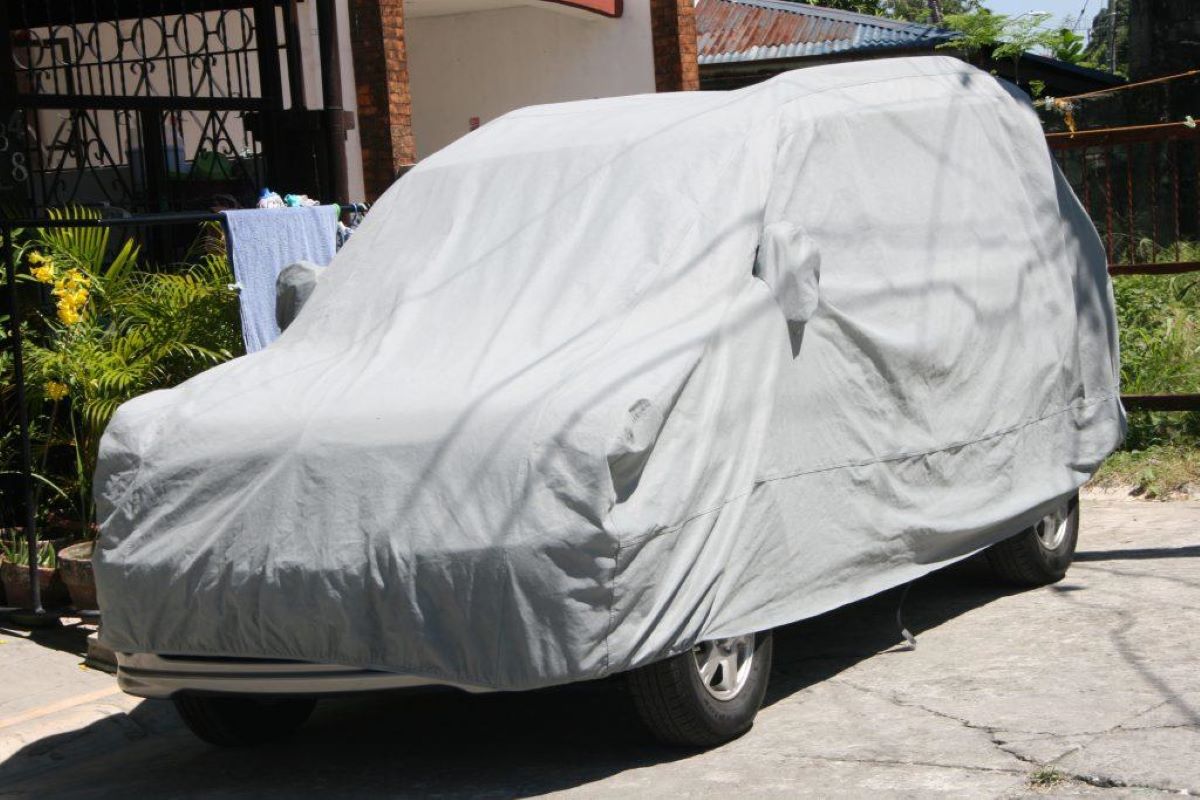

Articles
How To Store A Car For 6 Months
Modified: January 5, 2024
Learn how to properly store your car for 6 months with these helpful articles. Protect your vehicle from damage and ensure it's in great condition when you're ready to drive again.
(Many of the links in this article redirect to a specific reviewed product. Your purchase of these products through affiliate links helps to generate commission for Storables.com, at no extra cost. Learn more)
Introduction
Storing a car for an extended period of time, such as 6 months, requires careful preparation and consideration to ensure its safety and optimal condition when it’s time to get back on the road. Whether you’re going on a long vacation, wintering in a different location, or have a classic car that you only drive during certain seasons, proper car storage is essential to keep it protected from the elements, pests, and other potential damages.
In this article, we will guide you through the steps to store a car for 6 months, providing you with valuable tips and techniques to ensure your vehicle remains in perfect condition while it’s not in use. From selecting an appropriate storage location to preparing the car and taking necessary precautions, we will cover everything you need to know.
By following these guidelines, you can have peace of mind knowing that your car is stored securely and ready to hit the road again when you’re ready. So, let’s dive into the first step: choosing an appropriate storage location.
Key Takeaways:
- Properly storing a car for 6 months involves choosing an appropriate storage location, preparing the car, protecting the exterior and interior, maintaining the battery, and preventing damage from pests. These steps ensure the vehicle remains in optimal condition during the storage period.
- Checking on the car periodically, keeping it secure, and preparing it for long-term storage are essential for maintaining its condition. Following these guidelines ensures that the car is ready for use when the storage period is over, prolonging its lifespan and retaining its value.
Read more: How To Store Cabbage For 6 Months
Step 1: Choose an appropriate storage location
When storing your car for an extended period, it’s crucial to select the right storage location. Consider the climate conditions in your area and look for indoor storage options whenever possible.
The climate in your region plays a significant role in determining the best storage environment for your car. Extreme temperatures, humidity, and exposure to the elements can all have adverse effects on your vehicle. If you live in an area with harsh winters or scorching summers, exposing your car to these conditions for an extended period can lead to damage such as paint fading, cracked rubber seals, or even engine issues.
An indoor storage option, such as a garage or a dedicated storage facility, provides the best protection against these external factors. It shields your car from drastic temperature fluctuations, UV rays, and inclement weather conditions. If you don’t have access to indoor storage, consider other options like renting a storage unit or using a car cover specifically designed to withstand harsh weather conditions.
Additionally, when choosing a storage location, consider security measures. Look for locations with surveillance cameras, secure access, and proper lighting to minimize the risk of theft or vandalism. You can also inquire about any additional services, such as regular inspections or pest control, provided by the storage facility.
In summary, when selecting a storage location for your car, keep the following in mind:
- Consider climate conditions and aim for indoor storage if possible.
- Ensure the storage location provides security measures to protect your vehicle.
- Explore options like renting a storage unit or using a weather-resistant car cover.
With a suitable storage location in place, you can proceed to the next step: preparing your car before storage.
Step 2: Prepare the car before storage
Before putting your car into storage for 6 months, it’s essential to prepare it properly to maintain its condition and prevent any potential issues from arising. Here are three crucial steps to follow when preparing your car for storage.
Clean the car thoroughly: Start by giving your car a thorough cleaning, both inside and out. Remove any debris, dirt, or leaves from the exterior, paying close attention to the undercarriage and wheel wells. Use a high-quality car wash soap and a soft sponge or microfiber cloth to avoid scratching the paint. Dry the car completely to prevent any moisture-related issues during storage.
Next, clean the interior of the car, removing any trash, food particles, or personal belongings. Vacuum the carpets, seats, and trunk, and wipe down surfaces with a mild interior cleaner. Taking these steps will help prevent odors, mold, and pests from invading your car while it’s in storage.
Conduct necessary maintenance and repairs: Before storing your car, it’s important to address any maintenance or repair issues. Check the vehicle’s manual for service intervals or consult with a trusted mechanic. Take care of any outstanding maintenance tasks such as oil changes, fluid top-ups, and filter replacements. This will help prevent any problems that may arise from old or degraded fluids during the storage period.
If your car requires any repairs, it’s advisable to address them before storage. Fixing minor issues now can help prevent them from becoming major problems over time. Ensure that all mechanical components, such as brakes, belts, and hoses, are in good working condition.
Change fluids and top up fuel: One crucial aspect of preparing your car for long-term storage is changing certain fluids. Consider changing the engine oil, coolant, and brake fluid, as old fluids can become acidic and cause damage to the internal components of your car over time.
Additionally, it’s recommended to top up your fuel tank to prevent moisture buildup due to condensation. Add a fuel stabilizer to the tank as well. This additive will help prevent the fuel from deteriorating and keep your engine running smoothly when you retrieve your car from storage.
By following these steps and preparing your car thoroughly, you can ensure its optimal condition and performance when you’re ready to use it again. Stay tuned for the next step: protecting the exterior and interior of your stored car.
Step 3: Protect the exterior and interior
When storing your car for an extended period, it’s crucial to take steps to protect both the exterior and interior from potential damage. Here are three important measures to ensure your car stays in pristine condition during storage.
Wax and polish the car’s exterior: Before storing your car, give it a thorough waxing and polishing. This creates a protective barrier against environmental elements such as dust, dirt, and UV rays. Use a high-quality automotive wax to protect the paint and keep it looking fresh. Pay attention to the trim, chrome accents, and wheels as well.
Cover the car with a breathable car cover: Once your car is clean and waxed, cover it with a breathable car cover. Avoid using plastic or non-breathable covers, as they can trap moisture and lead to mold or rust. Opt for a specialized car cover made of breathable materials that allow air circulation while keeping out dust and dirt. Ensure the cover fits securely and doesn’t rub against the car’s surface.
Place moisture-absorbing packets inside the car: To prevent moisture buildup inside the car, place moisture-absorbing packets or desiccants strategically throughout the interior. These packets can help absorb excess moisture and prevent the growth of mold or mildew. Place them in the footwells, on the seats, and in the trunk. Remember to check and replace them periodically to ensure maximum effectiveness.
By taking these precautions, you can protect your car’s exterior from scratches, fading, and other potential damage during the storage period. Moreover, by maintaining a dry and moisture-free environment inside the car, you can prevent the growth of mold or mildew and keep the interior in excellent condition.
Up next, we will discuss how to maintain the battery during long-term storage, ensuring that your car starts up smoothly when it comes time to retrieve it.
Step 4: Maintain the battery
One of the critical aspects of storing a car for an extended period is ensuring that the battery remains in good condition. Here are two methods you can use to maintain the battery during the storage period.
Disconnect the battery: If you choose to disconnect the battery, start by turning off all electrical components in your car, including the lights, radio, and air conditioning. Carefully disconnect the negative (-) terminal first, followed by the positive (+) terminal. This will prevent any accidental electrical discharge or short circuits. Make sure to secure the disconnected terminals to avoid any contact with metal surfaces.
Keep in mind that disconnecting the battery might result in the loss of memory settings for your car’s electronic systems, such as radio presets or seat adjustments. However, this method ensures that the battery won’t be drained during the storage period.
Use a trickle charger: Alternatively, you can use a trickle charger to maintain the battery’s charge level. A trickle charger provides a low, steady charge to the battery and prevents it from discharging completely. Connect the charger to the battery according to the manufacturer’s instructions, ensuring a secure connection. This method is especially useful if you have a vehicle with advanced electronics or security systems that require a constant power supply.
When using a trickle charger, it’s essential to monitor the battery’s charge and check the charger periodically to ensure it’s functioning correctly. Follow the instructions provided with the charger and consult the manual for your particular vehicle to determine the appropriate charging duration.
Whichever method you choose, either disconnecting the battery or using a trickle charger, you are taking necessary steps to maintain the battery’s health and ensure that your car starts up smoothly when it’s time to retrieve it from storage.
Next, we will address the importance of protecting the tires during the storage period.
Read more: How To Store A Car For 3 Months
Step 5: Protect the tires
When storing your car for an extended period, it’s important to take measures to protect the tires. Follow these two steps to ensure your tires remain in good condition during the storage period.
Inflate the tires to the recommended pressure: Before storing your car, make sure to inflate the tires to the recommended pressure specified by the vehicle manufacturer. Proper inflation helps prevent flat spots and excessive tire wear during the long period of inactivity. Consult your car’s manual or check the information on the driver’s side door jamb for the correct tire pressure.
Use tire protectors or blocks to prevent flat spots: Flat spots can develop on tires when a vehicle sits in one position for an extended period. These flat spots can cause vibrations and potentially lead to tire damage. To prevent this, consider using tire protectors, which are specially designed covers that distribute the weight of the vehicle evenly across the tire surface.
If tire protectors are not available, another option is to use blocks to support the weight of the car. Place these blocks under the tires to avoid continuous pressure on one spot and help to prevent flat spots from forming. Remember to choose blocks made of a sturdy material that can support the weight of your vehicle, and ensure they are securely positioned before leaving the car in storage.
By inflating the tires to the recommended pressure and using tire protectors or blocks, you can help preserve the integrity of your tires and minimize the risk of flat spots developing during the storage period.
Next, we will discuss how to prevent damage from pests while your car is in storage.
Before storing your car for 6 months, fill up the gas tank to prevent moisture buildup. Add a fuel stabilizer to keep the gas fresh and prevent corrosion in the fuel system.
Step 6: Prevent damage from pests
When storing your car for an extended period, it’s essential to take precautions to prevent damage from pests such as rodents or insects. Follow these two steps to minimize the risk of pest infestations during storage.
Clean the car of any food particles or debris: Before storing your car, make sure to remove any food particles, crumbs, or debris that could attract pests. Even small amounts of leftover food can entice pests to make your car their home. Vacuum the interior thoroughly, paying special attention to areas like the seats, floor mats, and trunk. Also, inspect the engine bay and remove any debris or nesting materials that may have accumulated.
Use pest deterrents or traps: To further deter pests, consider using pest deterrents or traps specifically designed for cars. Some options include placing scented dryer sheets or mothballs in the car’s interior, as these odors can be unpleasant for pests. Additionally, you can use peppermint oil or mint leaves as natural deterrents since pests frequently dislike these scents.
If you suspect a higher risk of pest infestation, consider using pest traps or repellents designed specifically for rodents or insects. Place these traps strategically inside the car, near potential entry points or areas where pests may hide. Regularly check and replace these traps to ensure their effectiveness.
By cleaning the car thoroughly and using pest deterrents or traps, you can significantly reduce the risk of pest infestation during the storage period. Taking these precautions will help ensure that your car remains free from damage caused by pests.
Next, we will discuss how to prepare your car for long-term storage.
Step 7: Prepare the car for long-term storage
Preparing your car for long-term storage requires a few additional steps to ensure its condition and functionality when not in use. Follow these three important measures to properly prepare your car for extended storage.
Remove windshield wipers: Windshield wipers can become stuck to the windshield if left in the same position for an extended period. To prevent this, lift the wiper blades away from the windshield and secure them in an upright position. Alternatively, you can remove the wiper blades completely to ensure they stay in good condition and avoid any potential damage to the windshield or the wiper blades themselves.
Fill up the gas tank and add a fuel stabilizer: Before storing your car, fill up the gas tank to its maximum capacity to minimize the amount of air space inside the tank. This helps prevent the accumulation of moisture and reduces the risk of fuel degradation. Additionally, adding a fuel stabilizer to the tank can help preserve the quality of the fuel during the storage period. The stabilizer prevents the fuel from deteriorating, which can potentially lead to engine issues when you retrieve the car from storage.
Apply the parking brake: Applying the parking brake during long-term storage is essential to prevent the vehicle from rolling or shifting. It helps keep the car in place and minimizes unnecessary strain on the transmission. However, be cautious not to engage the parking brake if you are storing the car for an extended period in damp or humid conditions, as this can cause the brake pads or shoes to bind to the rotors or drums. In such cases, it’s advisable to use wheel chocks or blocks to secure the vehicle in place instead.
By following these steps and properly preparing your car for long-term storage, you can help ensure that it remains in good working condition and is ready for use when you retrieve it from storage. Next, we will address the importance of keeping the car secure during the storage period.
Step 8: Keep the car secure
Keeping your car secure during the storage period is crucial to protect it from potential theft or vandalism. Follow these two steps to ensure the safety and security of your vehicle while it’s not in use.
Lock all doors and windows: Before leaving your car in storage, make sure to lock all doors and windows securely. This helps prevent unauthorized access and reduces the risk of theft or damage to the vehicle. Double-check each entry point to ensure it is fully locked, including the trunk and sunroof if applicable. Additionally, consider using a steering wheel lock or other steering column immobilizer as an additional deterrent against theft.
Consider additional security measures: In addition to locking the car, you may want to consider installing additional security measures to enhance its protection. For example, a car alarm system can be a valuable deterrent against theft. Look for a reputable and reliable car alarm system and have it professionally installed if desired. Additionally, consider using a GPS tracking device or a wheel lock to further secure your vehicle.
It’s important to evaluate your specific storage situation and the security measures available to you. If you’re storing your car in a garage or secure storage facility, inquire about any additional security measures they have in place, such as surveillance cameras or 24/7 security personnel. Taking these extra precautions can provide peace of mind and help ensure your car’s safety throughout the storage period.
With your car secured, you can move on to the next step: periodically checking on the car to ensure its condition during the storage period.
Read more: How To Store Coffee Beans For 6 Months
Step 9: Check on the car periodically
While your car is in long-term storage, it’s important to check on it periodically to ensure its condition and address any potential issues that may arise. Follow this step to keep a close eye on your stored vehicle.
Inspect for any signs of damage or issues: Regular inspections of your car during the storage period can help identify any signs of damage or issues early on. Plan to check on your vehicle every few weeks or at least once a month, depending on the length of storage and your personal preference.
During each inspection, start by visually inspecting the exterior of the car. Look for any signs of damage, such as dents, scratches, or bird droppings. Check for any leakage around the tires or underneath the car that may indicate a fluid leak.
Next, examine the interior of the car. Ensure that there are no signs of pests or mold. Look for any unusual odors or moisture build-up, which could indicate a ventilation issue or a potential leak.
Additionally, take note of the battery’s condition. If you chose to disconnect the battery, inspect the terminals and ensure they are still secure. If you opted for a trickle charger, verify that it’s functioning properly, and check the battery’s charge level.
If you encounter any issues or notice signs of damage during your inspections, address them promptly. You may need to seek professional assistance or consult with a trusted mechanic if you’re unsure about any specific concerns.
By keeping a close eye on your stored car and addressing any potential issues early on, you can ensure that it remains in the best possible condition throughout the storage period.
With these steps completed, you can be confident that you have properly stored your car for 6 months. When you’re ready to retrieve your vehicle, make sure to reverse the necessary steps, such as reconnecting the battery, removing tire protectors or blocks, and conducting a thorough inspection before driving again.
By following these guidelines and taking the necessary precautions, you can enjoy peace of mind knowing that your car is secure, protected, and ready to hit the road when the time comes.
Remember, proper car storage maintenance extends the lifespan and ensures the optimal performance of your vehicle. So, whether it’s for a long vacation or an extended winter break, following these steps will help preserve your car and maintain its condition for years to come.
Safe travels and enjoy your time away!
Conclusion
Storing a car for 6 months requires careful planning and attention to detail to ensure its safety, condition, and performance when it’s time to hit the road again. By following the steps outlined in this article, you can take the necessary precautions to protect your car from the elements, pests, and other potential damages during the storage period.
Choosing an appropriate storage location is crucial, considering climate conditions and opting for indoor storage whenever possible. Cleaning the car thoroughly, conducting necessary maintenance, and changing fluids before storage help maintain its condition. Protecting the exterior with a waxing and a breathable car cover, and the interior with moisture-absorbing packets, prevents damage from environmental factors.
Maintaining the battery, protecting the tires, and preventing pest infestations are essential steps to ensure your car remains in optimal condition. Additionally, preparing the car for long-term storage, keeping it secure, and periodically checking for any signs of damage or issues are crucial to its well-being.
By following these steps and guidelines, you can have peace of mind knowing that your car is stored securely and will be ready for your use when the storage period is over. Whether it’s a classic car, a seasonal vehicle, or your primary mode of transportation, proper storage maintenance will prolong its lifespan and retain its value.
Remember, it’s important to reverse the necessary steps when retrieving your car from storage, such as reconnecting the battery, removing tire protectors or blocks, and conducting a thorough inspection before hitting the road.
Take the time to properly store your car and ensure its protection. By doing so, you can enjoy the benefits of a well-maintained vehicle and a worry-free return to the open road.
Frequently Asked Questions about How To Store A Car For 6 Months
Was this page helpful?
At Storables.com, we guarantee accurate and reliable information. Our content, validated by Expert Board Contributors, is crafted following stringent Editorial Policies. We're committed to providing you with well-researched, expert-backed insights for all your informational needs.






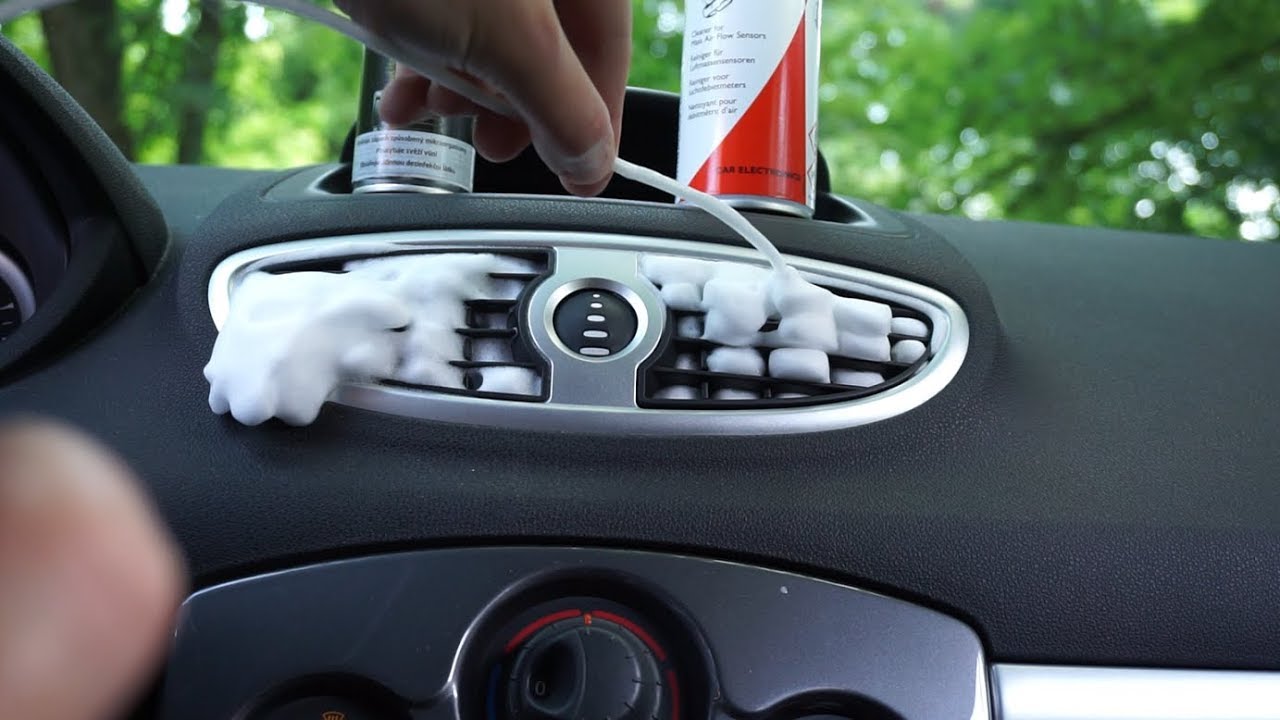

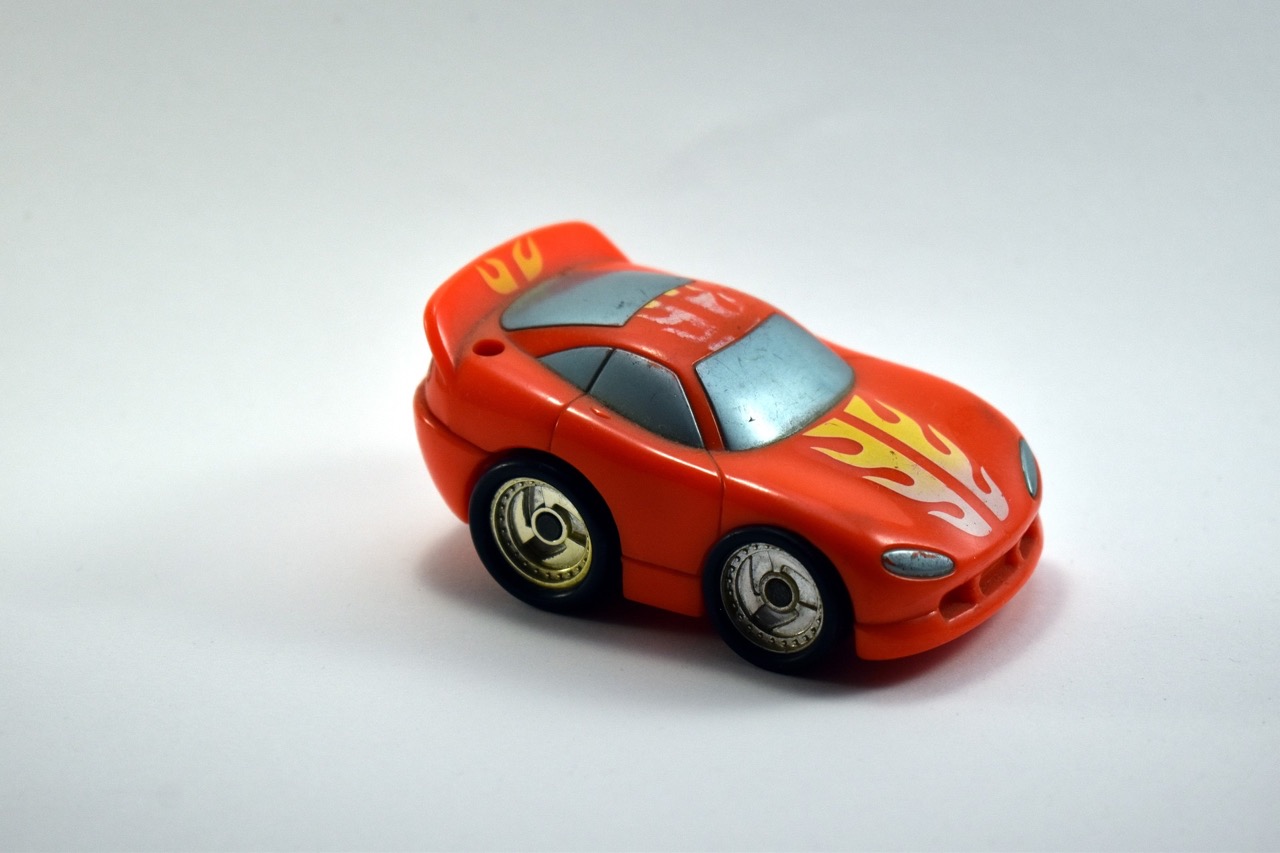

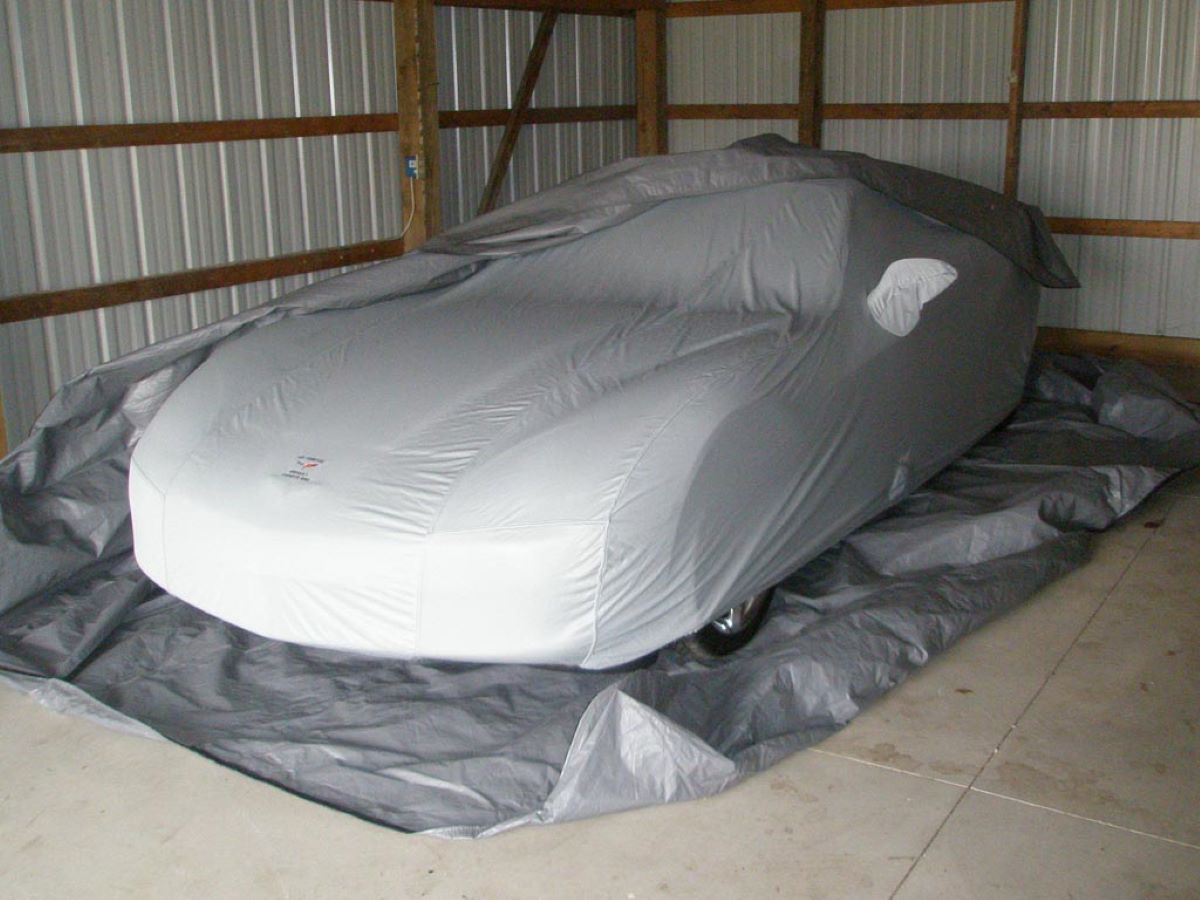
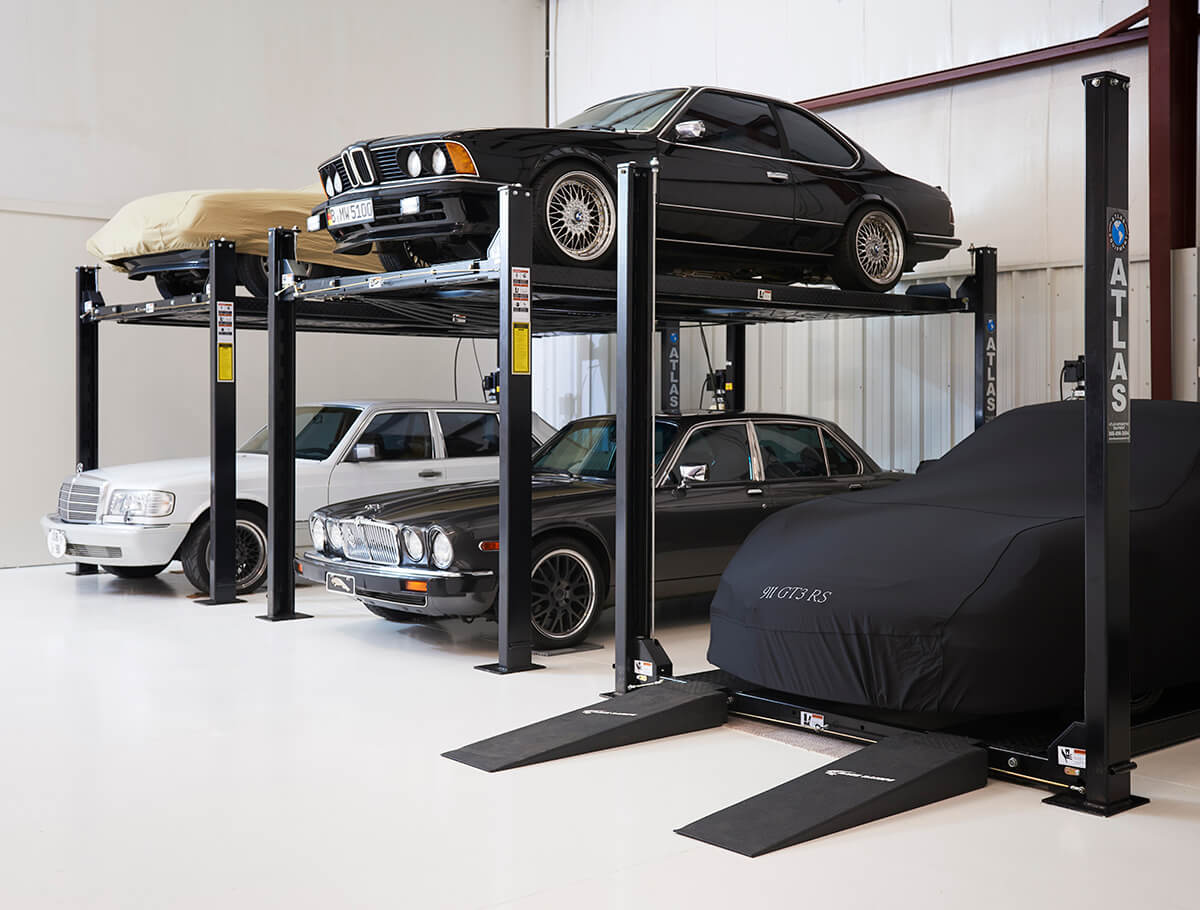


0 thoughts on “How To Store A Car For 6 Months”